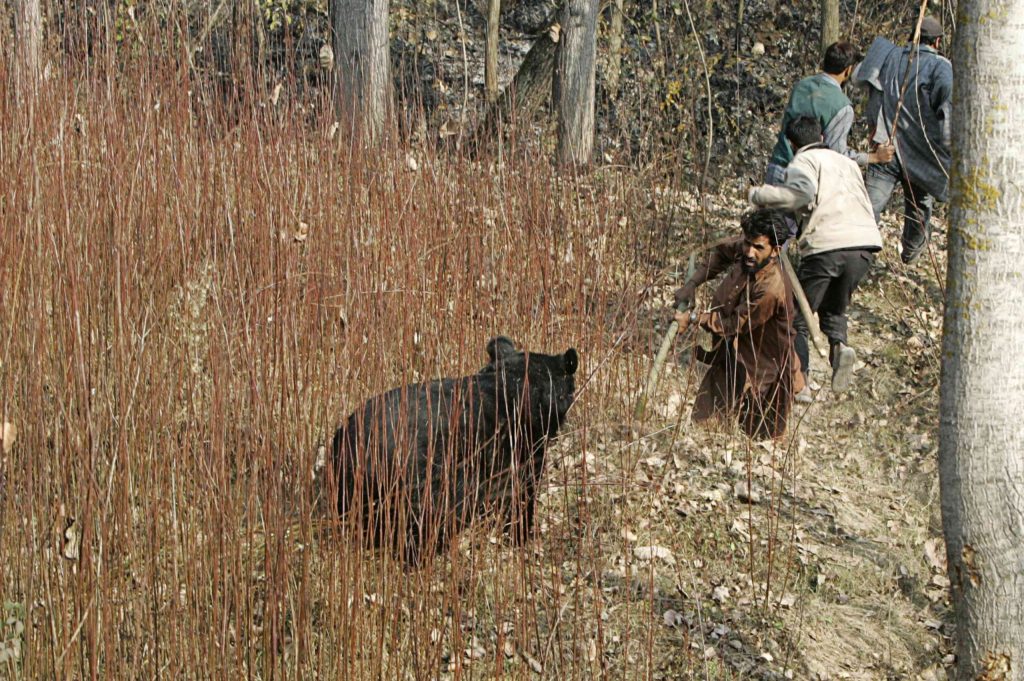
Many thanks to Kashmir Observer for publishing a thought-provoking and a need-of-the-hour article, ”Coexisting with wildlife” (April 28, 2024) on human-animal conflict, which has been a major concern in the country in recent years. It raises a few important questions like, where this is heading towards and why animal deaths and loss of human lives, and properties from man-animal conflicts take serious turns. Perhaps, one major reason for the persistence of man-animal conflict is that people migrating to the forest floor for employment and for other purposes have no knowledge about the behavior of animals and their movements.
India’s highest rate of urbanization has caused a hasty expansion of human settlements into areas that were once exclusively wildlife habitats. With vaguely defined boundaries for fauna, human-occupied areas in India have increasingly become the hangouts for wandering wild animals. Conflict with wildlife has reached unprecedented levels, with predators attacking livestock, thus leading to retaliatory animal killings. The deadly human-animal conflict has largely been the consequence of a fast growing human population’s inability to find sustainable ways to co-exist with the country’s bustling wildlife. Human population increase and its consequent demand for natural resources have led to degradation and fragmentation of natural habitats. As a result, humans and wildlife compete for the same diminishing resources. Mitigation of human-wildlife conflict is thus becoming one of the major concerns for both wildlife managers and the scientific community. It is therefore necessary to address the issue in a holistic manner, and co-create palliative solutions with full engagement of all the relevant stakeholders. Also, more investments in research, testing and sharing coordinated and systematic approaches are needed to tackle the man-animal conflict.
Ranganathan Sivakumar
Follow this link to join our WhatsApp group: Join Now
Be Part of Quality Journalism |
Quality journalism takes a lot of time, money and hard work to produce and despite all the hardships we still do it. Our reporters and editors are working overtime in Kashmir and beyond to cover what you care about, break big stories, and expose injustices that can change lives. Today more people are reading Kashmir Observer than ever, but only a handful are paying while advertising revenues are falling fast. |
| ACT NOW |
| MONTHLY | Rs 100 | |
| YEARLY | Rs 1000 | |
| LIFETIME | Rs 10000 | |









